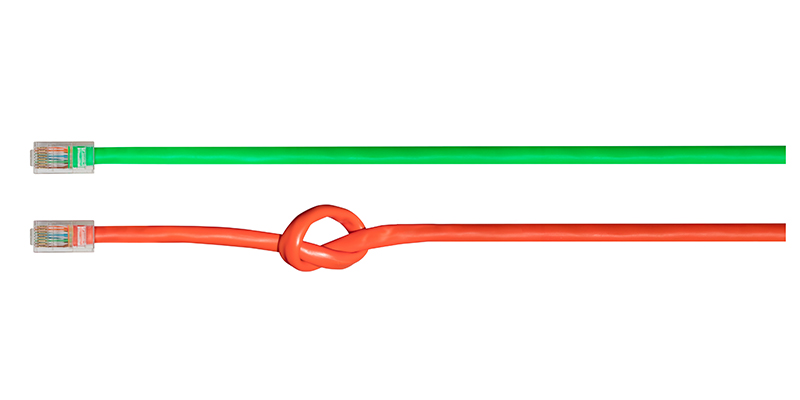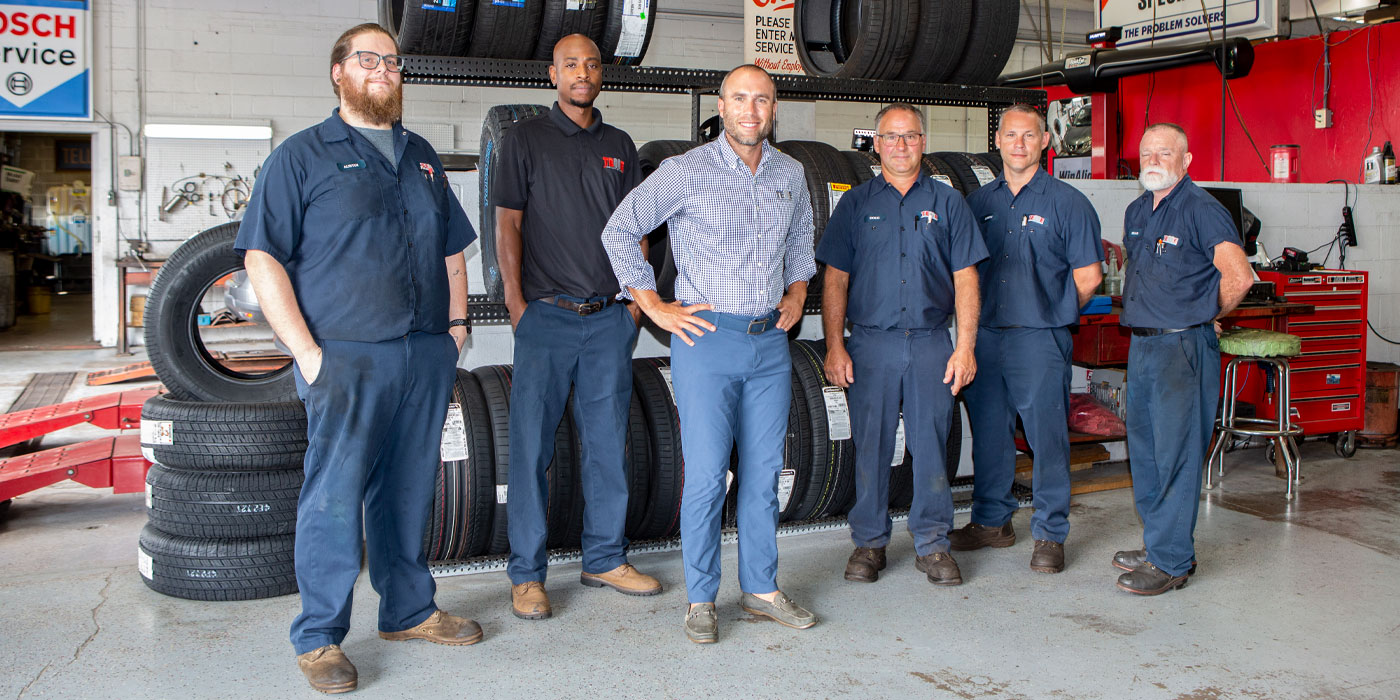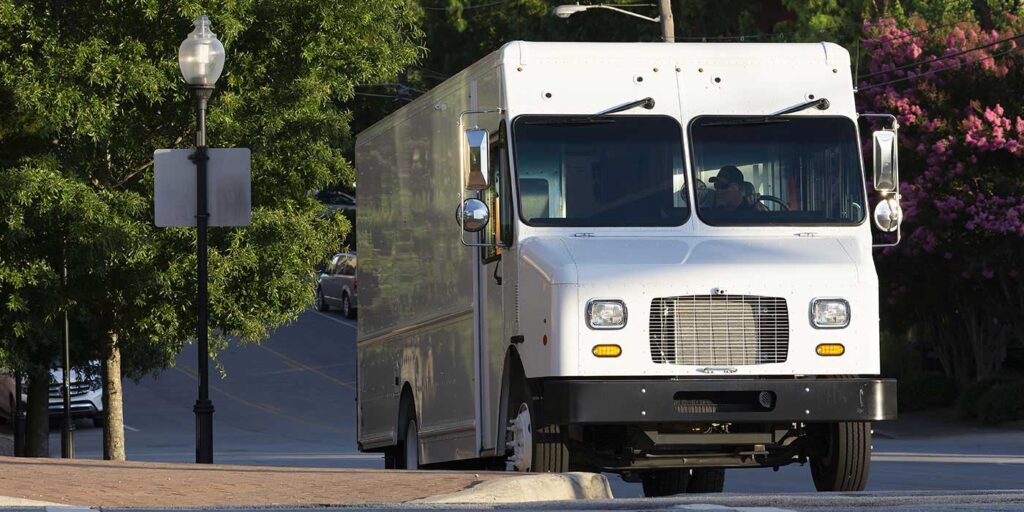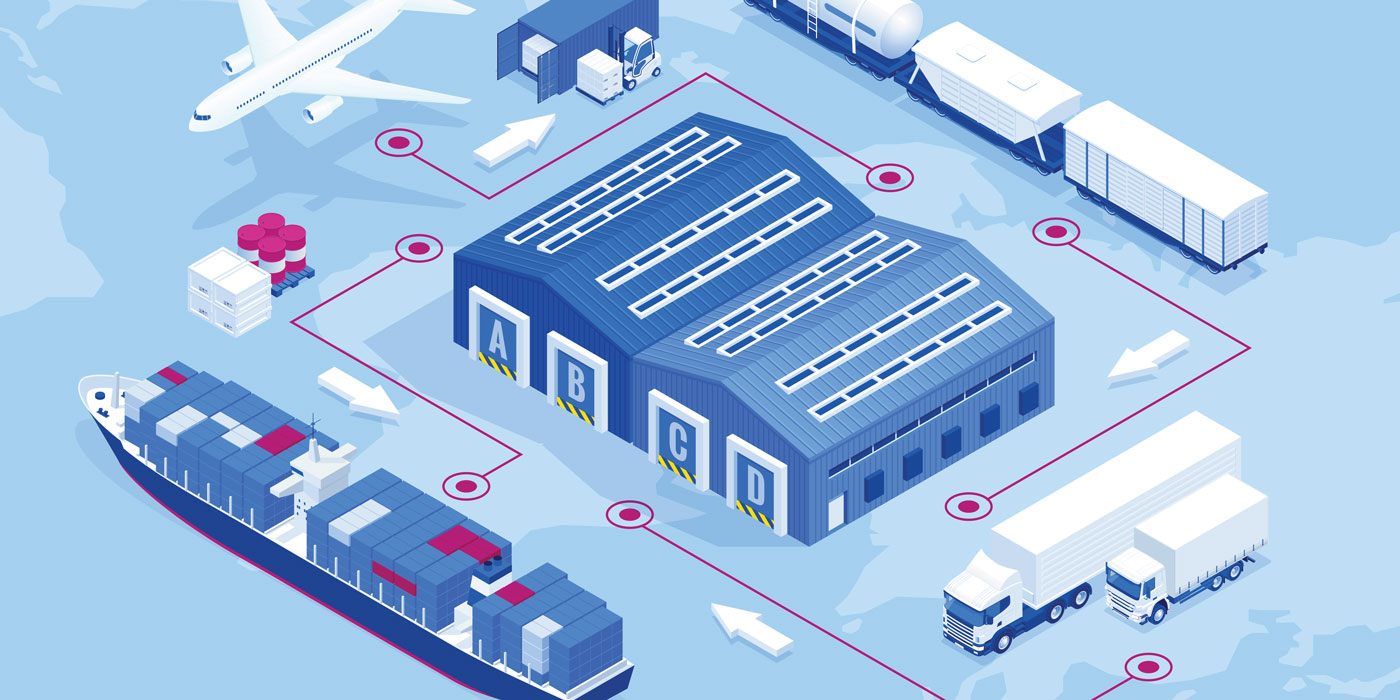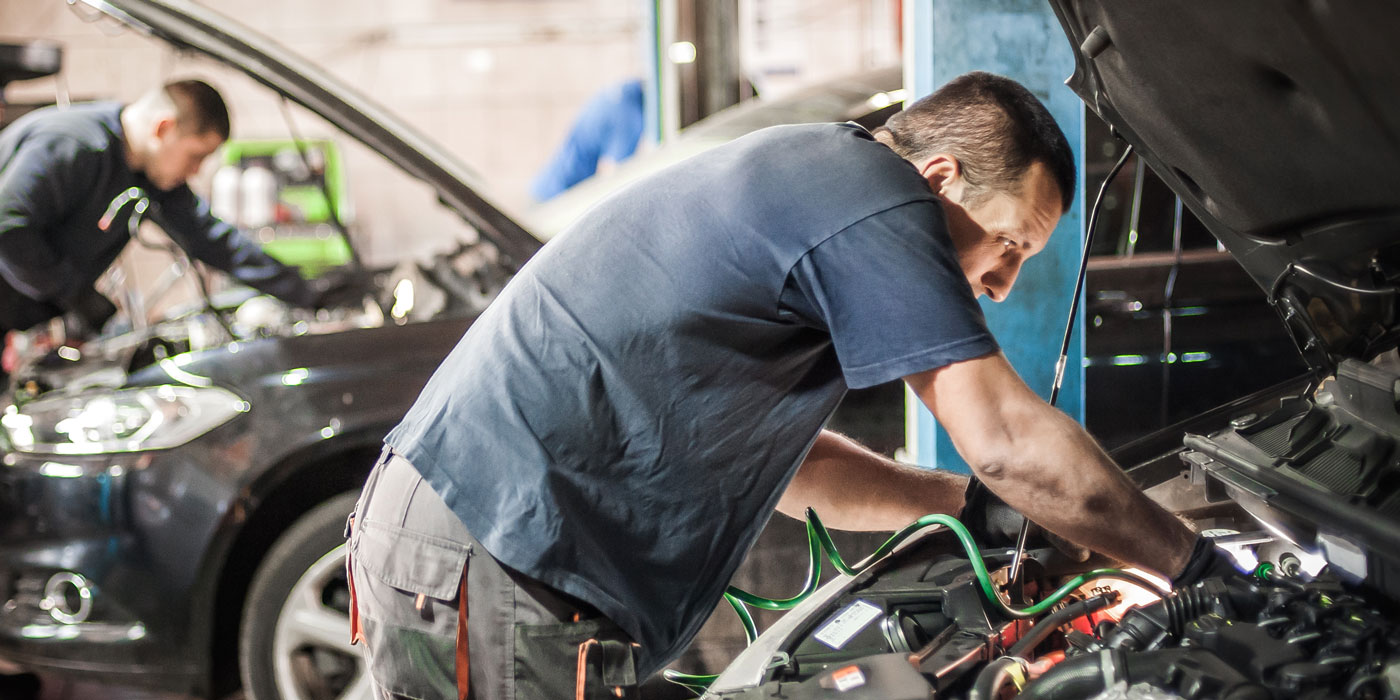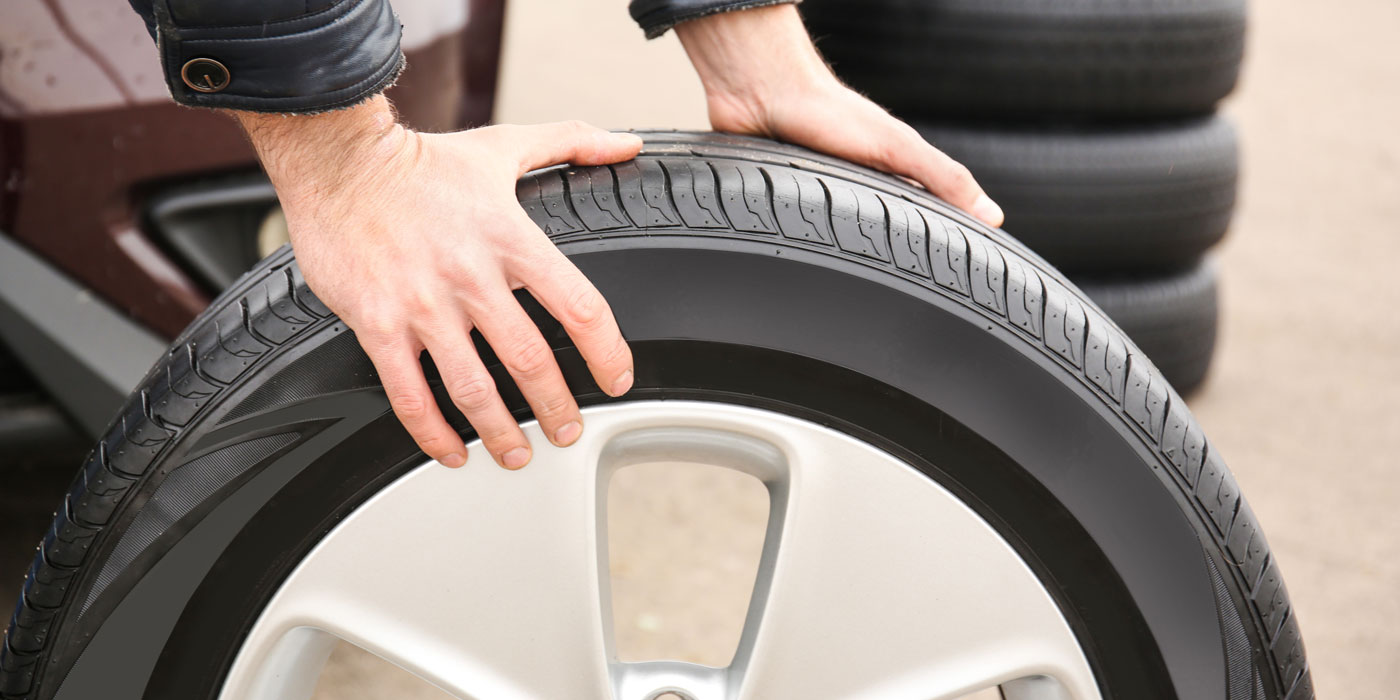On December 14, 2017, net neutrality came to an end, which has the potential to strike yet another blow against independent business owners – tire dealers like you. On the other hand, it might also be much ado about nothing, so let’s explore.
Net neutrality is the name given to the rules and regulations that prohibited internet service providers (ISPs) from discriminating against certain types of online traffic (such as live-streaming video) or interfering with the speed or connection quality of any given website. The goal was to ensure equal access to all web content without giving preference to certain websites or charging consumers for levels of access based on speed or quality.
Net neutrality rules have been in place for a few years now, but in December, the Federal Communications Commission (FCC) repealed those regulations. Obviously, the web is part of the fabric of our daily lives. Your access to it, and your customer’s ability to access you, has an impact on the success of your business, so messing with it is cause for concern.
Before I get into what all of this might mean to your business, here’s the backstory:
During the Obama administration in 2015, the FCC passed increased regulations to protect their idea of a free and “neutral” internet. This included adding even more oversight over high-speed ISPs and regulating broadband as if it were a utility.
Fast forward two years: the FCC under the Trump administration, delivering on the president’s agenda to decrease government regulations, rolled back the 2015 rules, stating that their reversal will help increase competition by providing more incentive to increase the number of networks, especially in underserved areas.
Since the death of net neutrality, ISPs have made public pledges not to block or throttle sites, but will that apply to sites and services that compete with them? They also argue that the FCC controls that were introduced made it more difficult to expand their networks.
And those networks are both expansive and expensive. Broadband companies and their partners have invested billions in the infrastructure to support today’s internet. That includes an estimated 113,000 miles of long-haul fiber optic cable that powers the web across America. But who should bear the cost of expansion to better accommodate the growing trends in high-bandwidth traffic, like streaming Netflix: the consumer, the government, the ISPs or the content providers? This is the undercurrent of the net-neutrality debate.
Those who oppose the recent action of the FCC believe that start-ups and small businesses will have a harder time reaching people online, saying that the broadband companies will soon require them to pay to reach customers – or worse. Pay-to-play is referred to as “paid prioritization,” which was prohibited by the former net neutrality regulations and has now been repealed. The fear is that those who can’t afford the terms set by the broadband provider could risk their websites loading slower and operating at a lower quality than their larger competitors who can afford to pay for fast-lane access. And as tiremakers sell direct to consumer in growing numbers and deep-pocketed car dealers and big-box stores look to increase their share of tire sales, paid prioritization (if it happens) certainly has the potential to create an unfair advantage when it comes to selling tires.
Others predict the ISPs will start selling internet access in bundles, much like people buy cable today, with options that include a video package that allows access to Netflix and YouTube, and a social media package that includes Facebook and Twitter, and so on. And with over a billion people connected across Facebook, having a pay-to-access model would certainly decrease user numbers, potentially limiting its reach as a marketing channel.
But most of what you see is speculation.
As much as the sky-is-falling alarmists see this as the end of the online world as we know it, let’s not forget that the internet is fueled by business and commerce. Anything that disrupts the flow of business will quickly be rejected, and the non-neutrality rules are intended to leave the door open wide for innovators to challenge the current cable company status quo.
The fact is that it’s too early to tell how this will affect business owners. With the rules that once prevented paid prioritization no longer in place, independent tire dealers will certainly be at risk. Industry giants and big chains have the means to buy into a “fast lane” of accessibility. But do you?
For what it’s worth, I actually believe that a free and open internet with an uncensored sharing of ideas online is already a thing of the past. Companies like Google, Amazon, Facebook and Microsoft already control consumer access to online information through their established infrastructure. They choose what search results come up based on preferences, advanced algorithmic rules (and perhaps a splash of agenda) embedded into the sites and web browsers they influence. This includes what ads are served, what search results appear and what content flows into your feeds. The information for the masses is controlled by the few. That’s why it’s so important to leverage the digital tools you have as best you can with consistency.
It’s my bet that businesses with a strong digital strategy will come out ahead – regardless of the gatekeepers in place. We’ll keep you updated on what’s coming next, but until then, consider it an opportunity for future business innovation and a solid reason to continue to build your presence online to get ahead of any negative trends.

